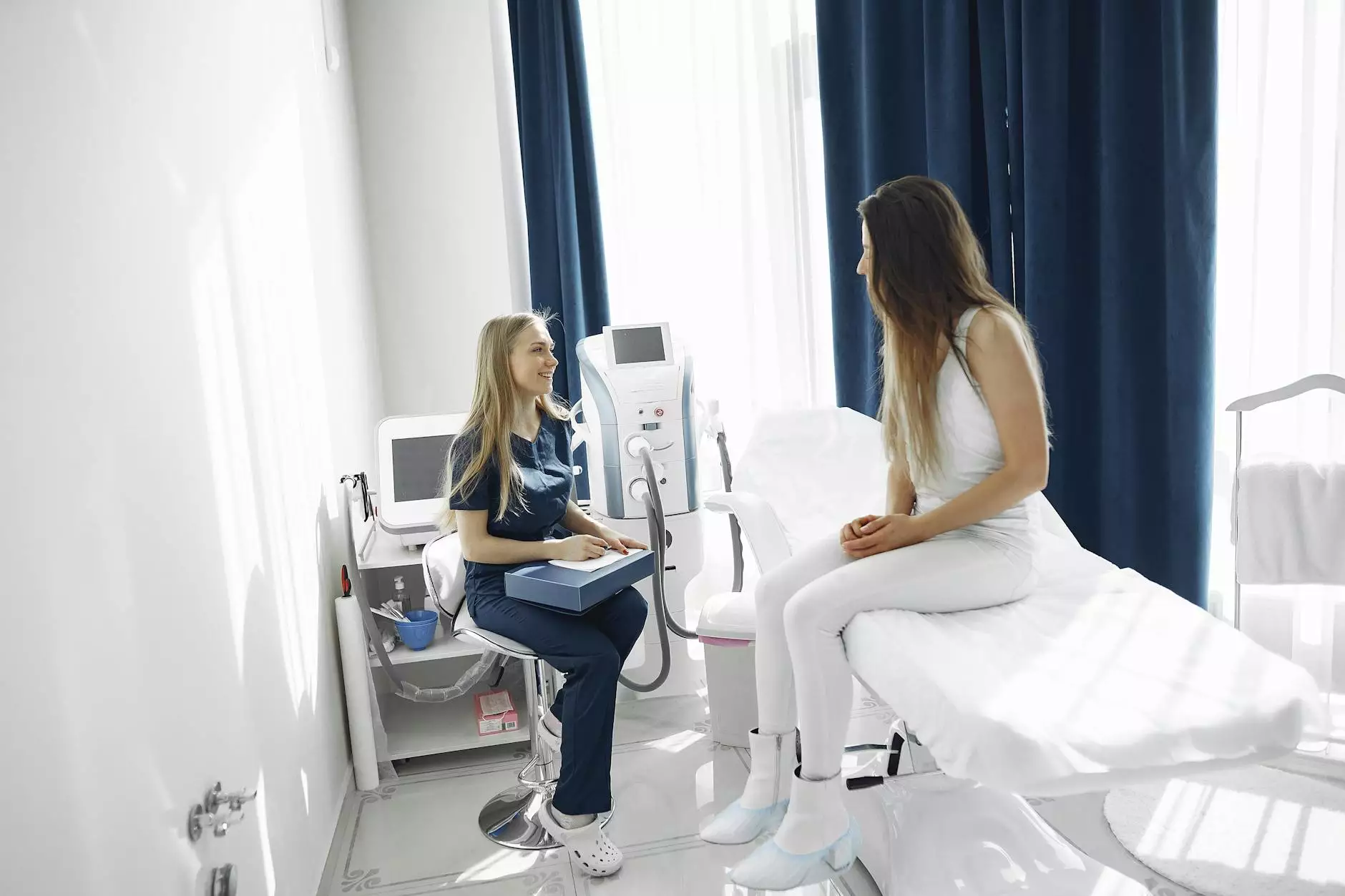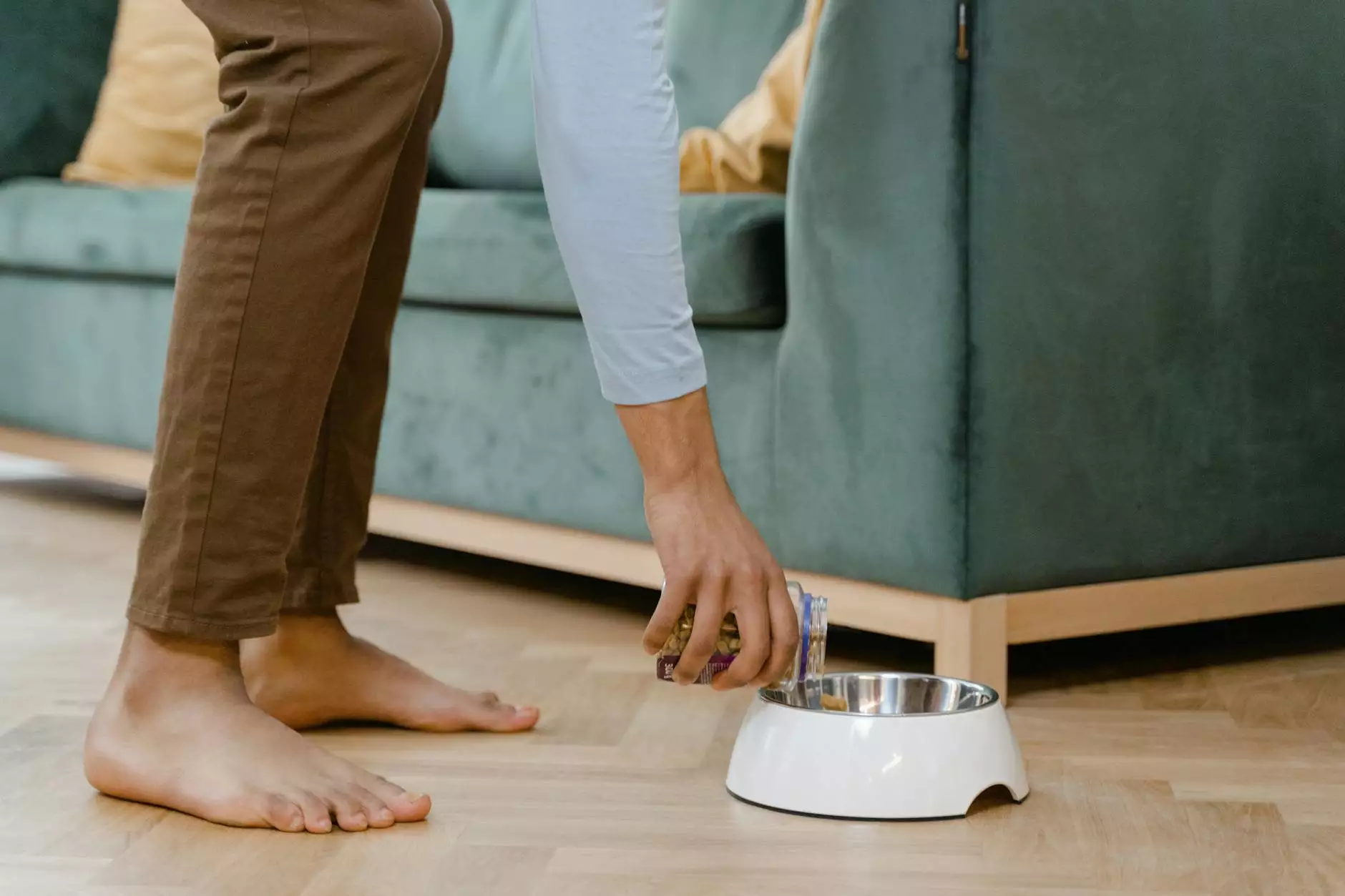Types of Shoes That May Cause Cracked Heels
Blog
Introduction
Welcome to Bowling Orthopaedics, your trusted source for all things related to foot health. In this article, we will discuss the various types of shoes that can contribute to cracked heels and provide valuable insights on how to prevent this common foot condition. Cracked heels can be painful and uncomfortable, but with the right shoe choices and foot care, you can keep your heels smooth and healthy.
Understanding Cracked Heels
Cracked heels, also known as heel fissures, occur when the skin on the heels becomes dry, thick, and develops deep cracks. This condition often leads to pain, bleeding, and discomfort. Several factors can contribute to cracked heels, including excessive pressure on the feet, lack of moisture, and wearing the wrong types of shoes.
The Impact of Shoes on Cracked Heels
When it comes to cracked heels, choosing the right shoes is crucial. Certain footwear can exacerbate the condition and increase the risk of developing painful cracks. Here are some types of shoes that may contribute to cracked heels:
1. High Heels
High heels are stylish and fashionable, but they can take a toll on your feet, especially your heels. The elevated heel places excessive pressure on the back of the foot, leading to dryness and cracking. Additionally, high heels often lack proper arch support, causing the feet to bear the brunt of the body's weight unequally. This imbalance can lead to cracked heels over time.
2. Flip-Flops
Flip-flops or thong sandals are a popular choice for warm weather, but they provide minimal support and protection for the feet. The lack of cushioning and structure can lead to increased friction and pressure on the heels, resulting in dry and cracked skin. It's best to limit the amount of time spent wearing flip-flops to prevent the development of cracked heels.
3. Ill-Fitting Shoes
Wearing shoes that don't fit properly can contribute to various foot problems, including cracked heels. Shoes that are too tight or too loose can cause friction, rubbing, and pressure on the heels, leading to dryness, calluses, and eventually cracked skin. It's essential to invest in shoes that provide an optimal fit to avoid this issue.
4. Open-Back Shoes or Slides
Open-back shoes, such as clogs or slides, may offer convenience and breathability, but they also expose the heels to dryness and cracking. Without proper support and coverage at the back, these shoes can cause the skin on the heels to become dry, calloused, and prone to cracking. If you enjoy wearing open-back shoes, ensure they have adequate cushioning and support to minimize the risk.
5. Lack of Cushioning
Shoes with insufficient cushioning or shock absorption can contribute to cracked heels. When your feet repeatedly endure the impact of walking or running without proper cushioning, the skin on the heels can become dry and cracked. Look for shoes that provide adequate padding and support to minimize the pressure on your heels.
Prevention and Foot Care Tips
While certain types of shoes can increase the risk of cracked heels, there are several preventive measures and foot care tips you can follow to maintain healthy, crack-free heels:
1. Moisturize Regularly
Apply a moisturizing foot cream or lotion daily to keep the skin on your heels hydrated and soft. Look for products containing ingredients like urea or shea butter, which are known for their moisturizing properties. Regular moisturization helps prevent dryness and reduces the likelihood of developing cracked heels.
2. Exfoliate Dead Skin
Regularly exfoliate your heels to remove dead skin cells and promote renewal. Use a gentle foot scrub or a pumice stone to slough off dry, thickened skin. Be careful not to over-exfoliate, as this can cause irritation. Aim for exfoliation once or twice a week to maintain healthy heels.
3. Wear Properly Fitting Shoes
Invest in shoes that fit properly and provide adequate support. Avoid shoes that are too tight or too loose, as they can cause friction and pressure on the heels. Opt for shoes with cushioning, arch support, and breathable materials to keep your feet comfortable and protected.
4. Limit High Heel Usage
If you enjoy wearing high heels, try to limit the duration of use and alternate with more comfortable footwear. Give your feet a break by wearing supportive shoes with lower heels or flats. This alternating approach will help reduce the constant pressure on your heels and prevent the development of cracks.
5. Keep Feet Clean and Dry
Keep your feet clean and dry to prevent fungal infections and further drying of the skin. After bathing, make sure to thoroughly dry your feet, paying special attention to the area between the toes. Moist environments can contribute to skin maceration and increase the risk of cracked heels.
6. Use Heel Cups or Inserts
If you frequently experience discomfort or pain in your heels, consider using heel cups or inserts. These provide additional cushioning and support, thereby reducing the impact on your heels. Heel cups are available in various materials and designs, making it easier to find the one that suits your needs.
Conclusion
Proper shoe selection plays a significant role in preventing cracked heels. Avoiding high heels, flip-flops, ill-fitting shoes, open-back shoes, and those lacking proper cushioning can help maintain the health of your heels. Follow the prevention tips outlined above, including regular moisturization, exfoliation, and maintaining foot hygiene. Remember, well-cared-for feet are less likely to develop cracked heels, allowing you to stay comfortable and pain-free.
For personalized advice and expert foot care, contact Bowling Orthopaedics. Our team of experienced professionals can guide you in choosing the right shoes and provide comprehensive foot care solutions for cracked heels and other foot-related concerns. Take care of your feet, and they will carry you through life with comfort and confidence.




